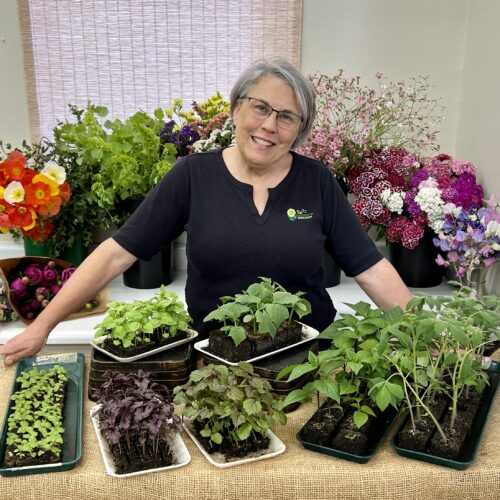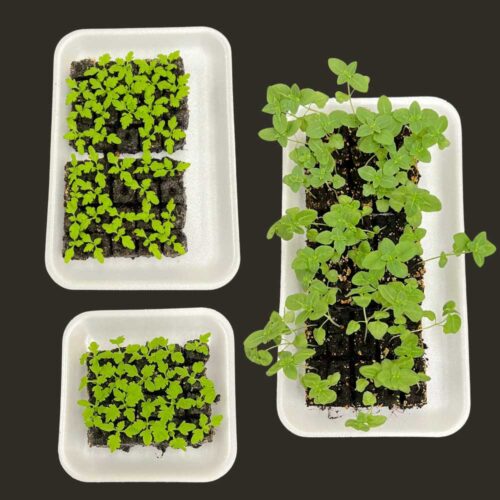#314: Flower Farming: 5 Beginner Crop Plan Tips
Whether you’re new or improving your farm, these insights can help. The journey can be tough, but with commitment and adaptability, the rewards are worth it. Take the time to learn and experiment—your efforts will pay off.
1. Find Your Markets
Understanding your market is the first step to successful crop planning. Consider factors like demand and pricing, which can change quickly, making thorough analysis vital.
- Identify Your Customers: Know your target audience, whether florists, event planners, or supermarkets.
- Understand Their Needs: What flowers do your customers want? This informs your growing decisions.
- Plan for Timelines: Different markets have varying timelines; florists may need early week deliveries, while farmer’s markets may focus on weekends.
2. Grow Diverse & Complementary Crops
Diversity is essential in flower farming, as variety enhances beauty and increases resilience against pests & diseases.
- Seasonality: Educate your customers about seasonal flowers, like tulips in spring.
- Mix Early, Mid, and Late Season Flowers: Keep offerings fresh year-round by offering complementary flowers.
- Plan for Customer Demand: Grow flowers that excite customers at different times, such as Iceland poppies early and zinnias later.
3. Build Soil Health and Pest Resistance
Healthy soil is vital for plant growth. Regular soil testing helps you make informed decisions about amendments. Adding organic matter improves soil structure, enhancing water retention and aeration. Monitoring moisture levels is crucial, as both overwatering and drought harm plants. Thus, maintaining soil health requires ongoing attention.
- Use Compost: Add compost regularly to enrich soil.
- Practice Crop Rotation: This maintains soil fertility and reduces disease.
- Encourage Beneficial Insects: Create habitats for beneficial bugs to control pests naturally.
4. Implement Succession Planting
Succession planting is essential for a steady supply of flowers and requires careful planning. Timing significantly affects yield, so growers should consider factors like climate and plant variety.
- Plan Multiple Plantings: Plant the same crops at different times for continuous harvest.
- Focus on Consistency: Customers value being able to purchase their favorite flowers regularly.
5. Assess Available Resources
Take the time to thoroughly assess your situation, as hasty decisions can lead to unforeseen consequences. Preparation is key, but avoid overthinking; find a balance that suits you.
- Know Your Space: Understand your land and what you can manage.
- Utilize What You Have: Use existing tools and resources.
- Consider Renting Equipment: If you need tools, consider renting when starting out.
Crop planning is about the bigger picture. Challenges may arise, but this strategy sets your flower farm up for success!
Mentions
Lisa’s Online Course: Flower Farming School Online: Basics, Annual Crops, Marketing, and More!
Shop the TGW Online Store for all your seeds and supplies!
Sign up to receive our weekly Farm News!
The Field and Garden Podcast is produced by Lisa Mason Ziegler, award-winning author of Vegetables Love Flowers and Cool Flowers, owner of The Gardener’s Workshop,





